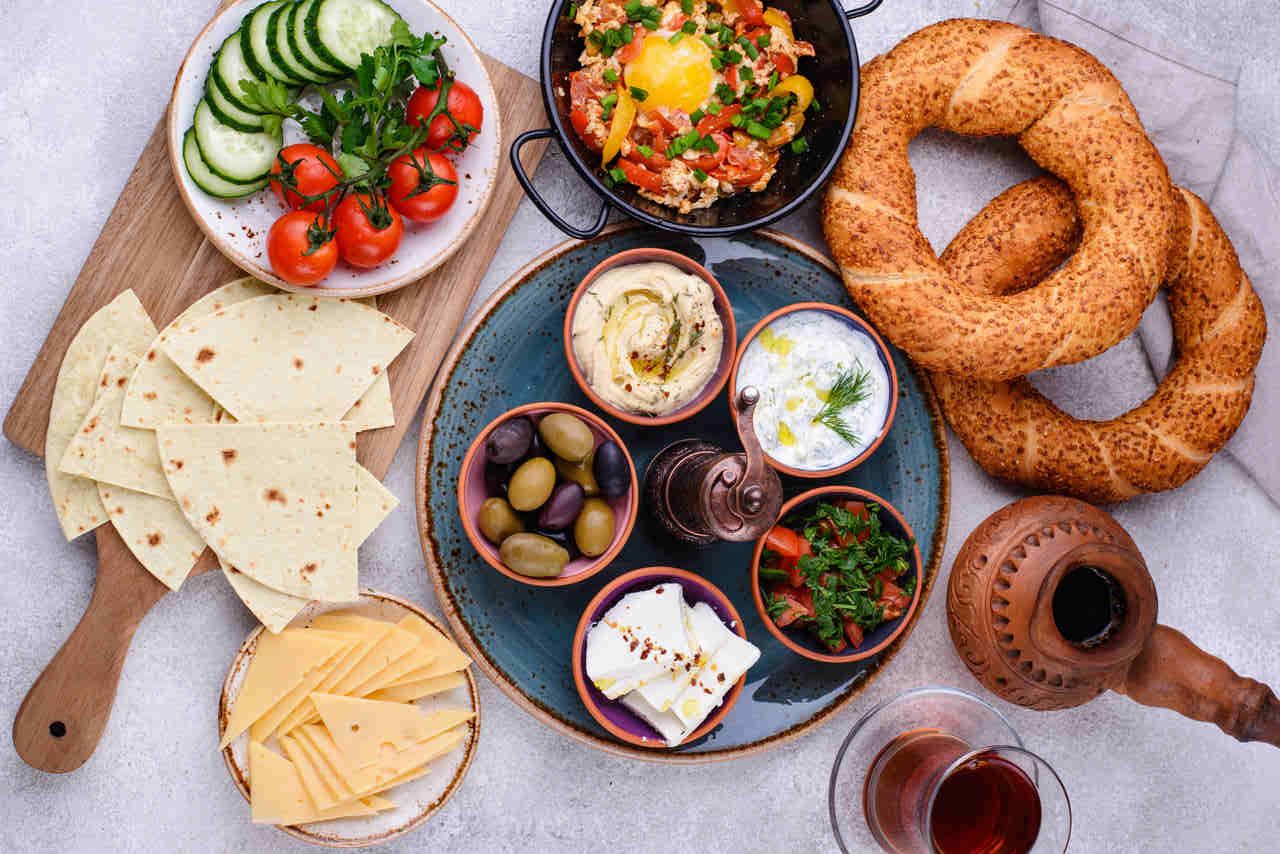By A.J. Griffiths-Jones

If you enjoy eating a traditional Turkish breakfast, you’ll know that it would be incomplete without cheese. It is used in a variety of dishes such as omelettes, borek, menemen and fritters, as well as being cut into cubes and served alongside tomatoes, cucumber and olives.
As with any cheese from around the globe, the flavours and textures of Turkish cheese depends upon many factors, such as the geography of each region, the type of livestock producing milk, storage and fermentation, and the herbs and spices added to make each product unique.
Since moving to Turkiye three years ago, it has taken me some time to discover which cheeses suit my palate and cooking style, and it’s always great to discover something new to try.
A couple of weeks ago I received a message from a friend asking if I had ever tried Malatya cheese, as there was a stall selling it in our local market. I had to confess that I had never even heard of it, so set off to investigate.
To my surprise I found it being sold in great rounds and the texture was similar to halloumi, or hellim. The taste was mild yet slightly salty, so I purchased half a kilo and returned home to see if Malatya could be grilled. The answer was yes, and not only that but on reading up on this village cheese, I found it to be high in both calcium and protein. Malatya cheese is now becoming a firm favourite in our salads.
The most common cheese here in Turkiye is beyaz peynir, or white cheese, which is similar to feta and is cut into small chunks and stored in brine, making it a perfect breakfast dish.
Tulum cheeses are found all across the country, with the most common in this area being Bergama and Izmir. In my opinion, it’s the closest cheese to a British Mild Cheddar and is really versatile. They are definitely the best cheeses for melting, and blend easily into pasta or risotto. The long shelf-life of Tulum is also a great advantage if you don’t use cheese every day.
There are a couple of cheeses that I’m eager to try. One is Kars Gruyere, which apparently has a tangy taste and rich odour, the other being Chechil, a smoked, salty, string-cheese that is very chewy. I’m told that it goes very well with beer and makes a great drinking snack.
The more I discover about Turkish cheeses, the more I realise that they are both diverse and high in number, with the preparation methods varying greatly. For example, in Anatolia ‘Pottery Cheese’ is very famous, with the finished product being pressed into a clay pot and buried underground to allow it to mature. Sometimes black cumin is used in the process, which results in a very unique smell and bitter taste.
The rarest cheese that I have read about is Divle Obruk, which can only be produced in a few Turkish villages, because it has to be left to ferment in a certain cave. Obruk actually means ‘pothole’, so this may allude to the cracks in the cave where the cheese is preserved.
Naturally there are certain imported foreign cheeses that I have got used to using in my meals. Mozzarella is one such that I have so far found irreplaceable for bruschetta, melted sandwich fillings and for stuffed chicken breasts, but I feel confident that there is an equivalent local cheese out there that will work just as well and probably costs far less.
It’s just lovely to have the choice. So, next time you’re at your local market or deli counter, ask for a taste of a cheese that you haven’t seen before and ask the seller how versatile it is for different dishes.
You might just discover a new favourite, as I did, so pass on your findings to friends. I’m certainly glad that my friend mentioned Malatya!
